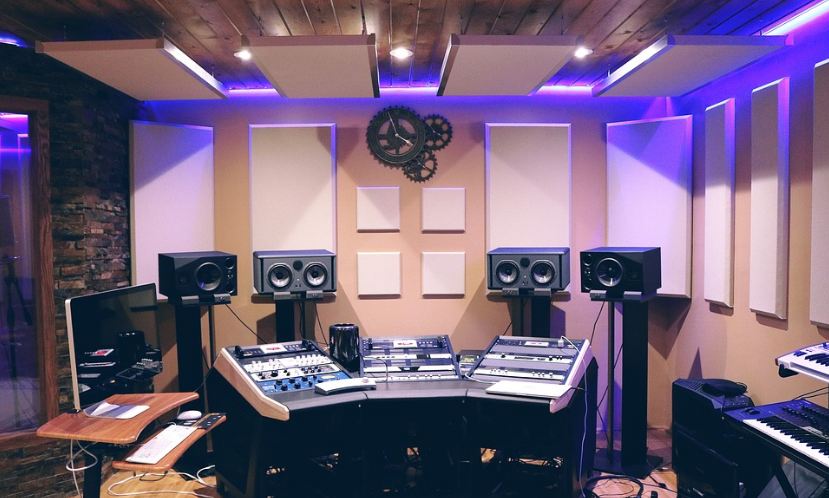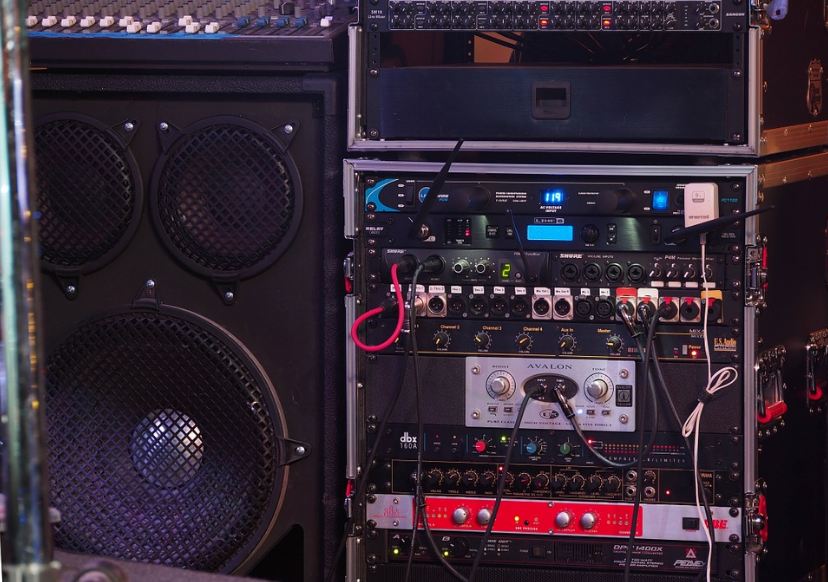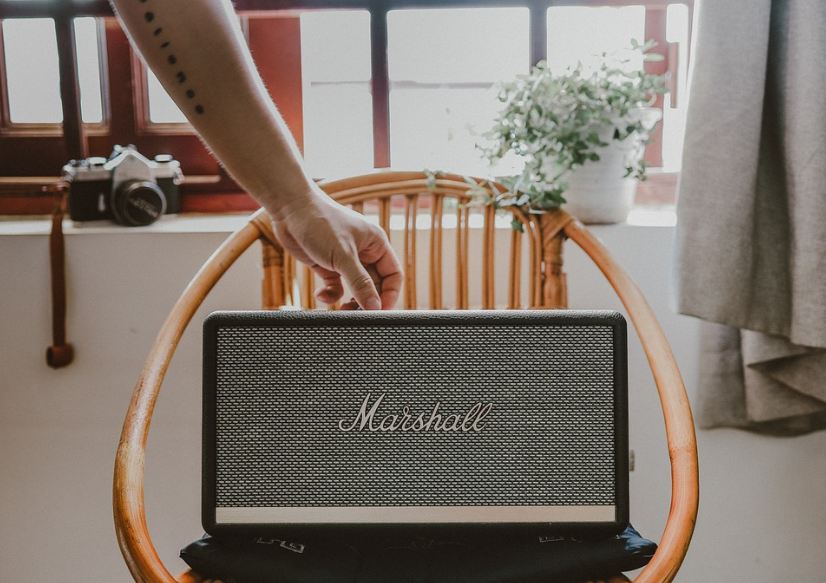A loudspeaker, commonly known as a speaker, is a device that reproduces sound by converting electrical energy into sound waves.
Whether or not you’re a music or entertainment enthusiast, it is undeniable that loudspeakers have played an essential role in amplifying sound on a day-to-day basis. Despite their complex beginnings, today’s radios, audio players, and Bluetooth speakers make use of these speakers.
The field of entertainment has long since enjoyed the benefits of the invention of the loudspeaker. However, did you know that telephones first used loudspeakers?
Telephones First Used Electronic Loudspeakers!
The crude beginnings of the loudspeaker can be traced back to 1861 when a self-taught German scientist and inventor, Johann Philipp Reis, installed an electric loudspeaker that reproduced clear tones and even muffled speech in his telephone.
Fifteen years later, in 1876, Alexander Graham Bell patented his first electronic loudspeaker based on Reis’ work as part of his telephone. Such a speaker could reproduce intelligible speech. In 1877, Ernst Werner Von Siemens, founder of the electrical and telecommunications company Siemens, put forward the idea of an electromagnetic coil-driven speaker, which, although was not a successful speaker, led others towards the concept of a speaker that could amplify sound better. He slapped the patent on the first loudspeaker on December 14 of the said year.
Several inventors and engineers, including Nikola Tesla and Thomas Edison, played with the idea of an electrodynamic speaker but could only create rough, distorted sounds. A British patent was issued to Edison for a system using compressed air as an amplifying mechanism for his early cylinder phonographs, yet he settled for an advanced metal horn to create amplification.
In 1898, Horace Short received a patent for a loudspeaker design for a driven by compressed air, the rights to which he sold to Charles Parsons. Record companies began selling record players that used loudspeakers with this system; however, these designs had poor sound quality and had limited ability to reproduce sound at a low volume.
Dynamic Speakers
In 1898, Oliver Lodge, a British physicist, developed the first experimental moving-coil (dynamic) loudspeaker. Several years later, Peter L. Jensen and Edwin Pridham manufactured practical moving coil loudspeakers in 1915; like their predecessors; their loudspeakers used horns to amplify the sound produced by a small diaphragm. The pair, however, were denied patents. Instead, they developed their own company, Magnavox, and changed their target market to radios and public address systems, which became a hit.
The moving-coil principle commonly used in today’s direct radiators was patented by Chester W. Rice and Edward W. Kellogg in 1924. The pair was able to adjust the mechanical parameters for the fundamental resonance of the moving system below the frequency where the cone’s radiation impedance becomes uniform.
Ribbon Loudspeaker
Around 1924, Walter H. Schottky developed the very first ribbon loudspeaker that used diodes together with Dr. Erwin Gerlach. These speakers used electromagnets to energize coils. The energy went through these coils into a second pair of connections to the driver in the system, which supplied power and served as an amplifier for the loudspeaker.
In the 1930s, loudspeakers began to combine drivers to make sound amplification better. In 1937, Metro-Goldwyn-Mayer introduced the “Shearer Horn System for Theatres” which became the first film industry-standard loudspeaker system. James Bullough Lansing, John Kenneth Hilliard, and Douglas Shearer invented the system. Two years later, in the 1939 New York World’s Fair, a public address system was designed by Rudy Bozak, who worked for Cinaudagraph.
Duplex Driver
In 1943, Altec dramatically improved sound quality and performance with the introduction of their Duplex driver, the 604 loudspeaker. Altec’s “Voice of the Theatre” hit the market in 1945, which met the high output levels necessary in movie theaters by providing better coherence and clarity. The Academy of Motion Pictures and Sciences immediately tested it and made it the film house standard by 1955.
Acoustic Suspension
In 1954, Edgar Villchur introduced the principle of acoustic suspension design for loudspeakers. Such technology allowed for a better bass response from loudspeakers mounted in smaller cabinets. Together with his partner, Henry Kloss, they formed the Acoustic Research to manufacture and sell speaker systems utilizing this design. This technology especially served its purpose during the transition to stereo recording and production.
The fact that the invention and development of today’s dynamic speaker was a tedious process is of no surprise. The knowledge that these ideas were started and developed during a time when people had little concepts about physics, electricity, mechanics, or sound waves but were still able to pave the way for innovative technologies is impressive enough.
By now, individuals enjoy the idea of an advanced speaker system that is installed in almost all devices everywhere in a concert hall, a movie theater, a car, a television set, a gaming console, and even a mobile phone that can easily fit in one’s pocket.



